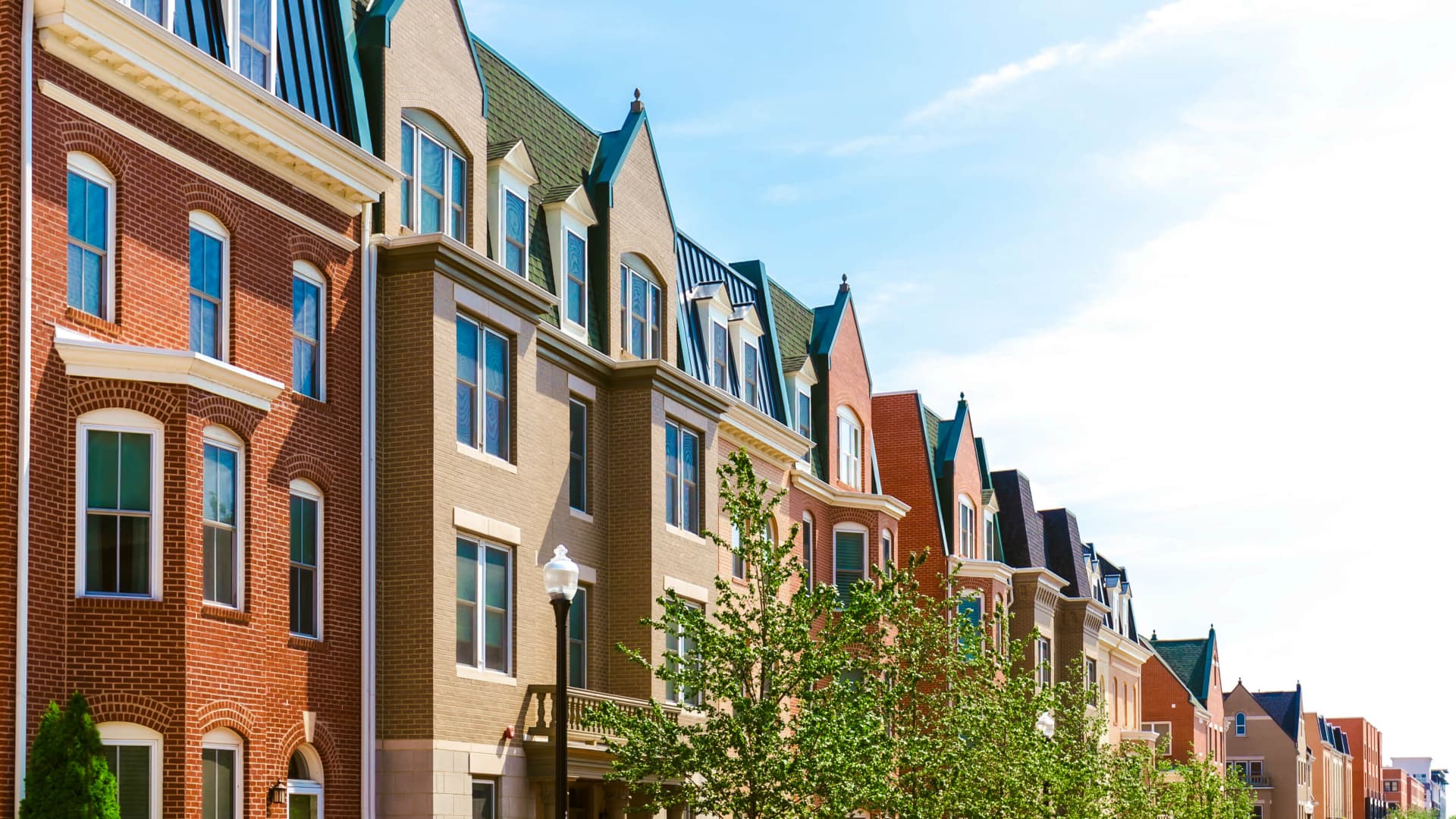A new, more affordable repayment plan for federal student loan borrowers may come with another advantage: It could make it easier to become a homeowner.
The Saving on a Valuable Education, or SAVE plan, can cut borrowers’ monthly payments in half, and leave many people with a $0 bill. The Biden administration officially rolled out “the most affordable repayment plan yet” over the summer.
“Switching to a repayment plan that has a lower monthly payment can help a borrower qualify for a mortgage,” said higher education expert Mark Kantrowitz.
Half of student loan borrowers — including 60% of millennial borrowers — who haven’t yet purchased a home say their education debt is delaying them from doing so, according to a 2021 report by the National Association of Realtors.
Here’s how the SAVE plan could soon change that, experts say.
Smaller payments can help prospective homebuyers
Your debt-to-income ratio, which is usually calculated by dividing all your monthly debts by your monthly income, is a key factor in mortgage underwriting, said Christelle Bamona, a senior researcher at the Center for Responsible Lending.
“Those eligible for SAVE will experience reduced payments, which will in turn lower their debt-to-income ratio,” Barmona said. (Most borrowers should qualify for the SAVE plan as long as their loan is in good standing.)
More from Personal Finance:
‘Loud budgeting’ is having a moment
Gen Z, millennials want to invest — but many aren’t
Americans can’t pay an unexpected $1,000 expense
Borrowers making payments on their student debt who enroll in SAVE could see their ratio fall somewhere between 1.5% to 3.6%, according to a new report by the Center for Responsible Lending.
Here’s how that happens.
For one, the SAVE plan increases the income exempted from your payment calculation to 225% of the poverty line, from 150%. As a result, the first roughly $33,000 of your income won’t be factored into your monthly obligation, up from around $23,000 on the other income-driven repayment plans. (These numbers represent single individuals. More income is protected as family size increases.)
Starting in July, an even bigger perk of the plan will be available.
Instead of paying 10% of your discretionary income a month toward your undergraduate student debt under the previous Revised Pay As You Earn Repayment Plan, or REPAYE, borrowers will be required to pay just 5% of their discretionary income. (The SAVE plan replaced REPAYE.)
Kantrowitz provided some examples of how much borrowers could see their bills drop.
Previously, someone who made $40,000 a year would have a monthly student loan payment of around $151. Under the SAVE plan, their payment would fall to $30.
Similarly, someone who earned $90,000 a year could see their monthly payments shrink to $238 from $568, Kantrowitz said.
In the past, most mortgage lenders assumed that a borrower’s monthly student loan payment was a certain percentage of their loan balance, even if the actual payment was lower, Kantrowitz said.
Fortunately, he said, “They now base it on the actual loan payment.”
There’s one catch: Many mortgage lenders won’t use a $0 monthly student loan payment in their underwriting process, which the SAVE plan could leave many borrowers with. In such cases, lenders may still calculate your monthly obligation as a share of your total debt.
The Center for Responsible Lending wants to see this change.
“By not counting their monthly payments as $0 in the underwriting process, lenders are artificially inflating consumers’ monthly debt obligation,” Bamona said. This could potentially prevent millions of low-income Americans from getting a mortgage, she added.
Saving for a down payment may be easier under SAVE
The SAVE plan may also help more people get in financial shape to buy a house, experts say. That’s because a smaller monthly payment could enable them to direct more cash to their savings, and reach their down payment goal faster.
Student loan borrowers who are also first-time homebuyers may also be eligible for financial assistance, Bamona said, and should research their options.
“Grants or down-payment assistance programs may be accessible to first-time homebuyers, provided by agencies and organizations within their state or municipality,” she added.
